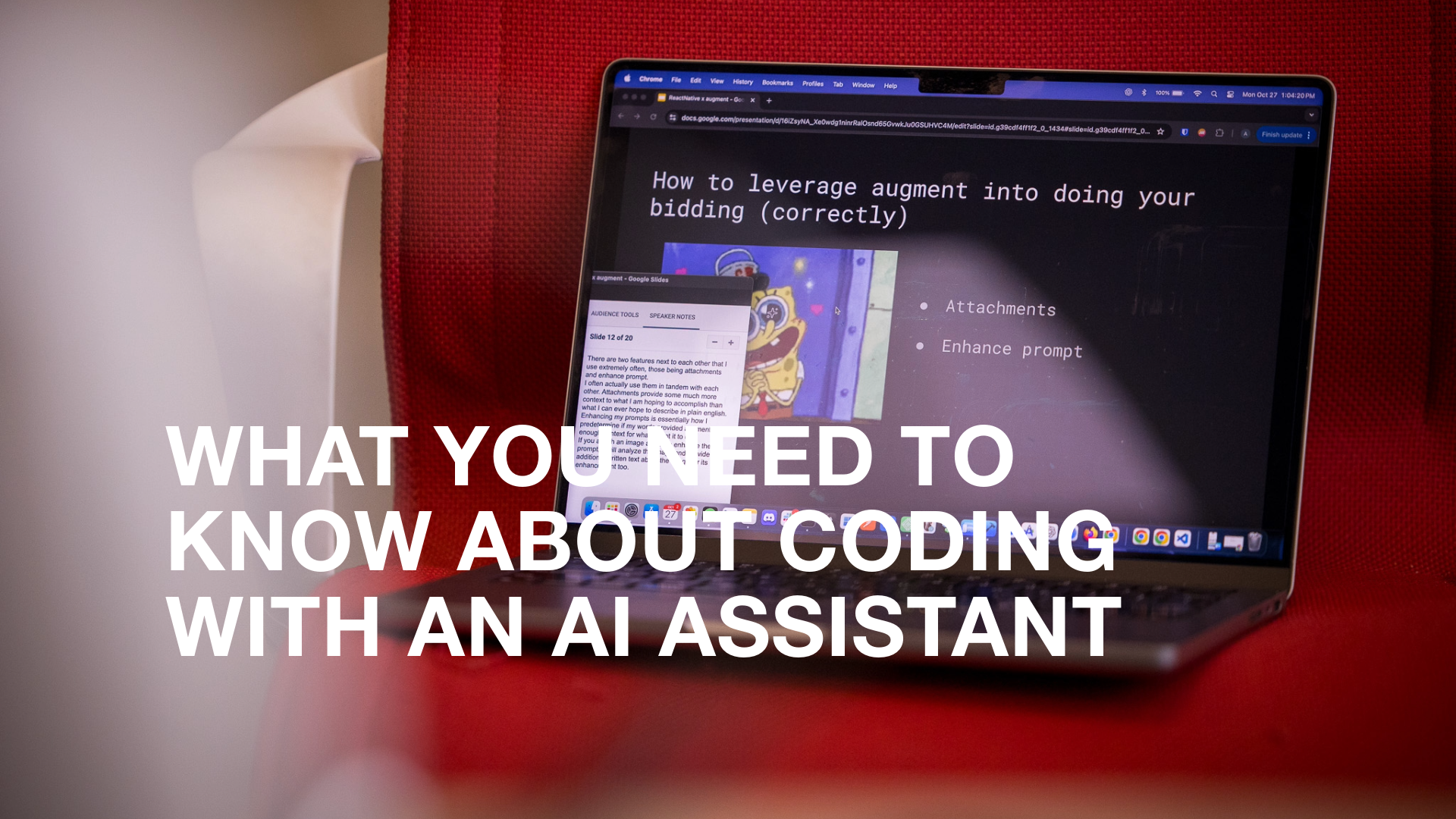If you didn’t already know, we’re big fans of Figma. We’ve shared why we think Figma should be part of your design tool kit. Today, we’re here with a closer look at Figma and doubling down on why we think Figma is the best choice for rapid design and prototyping.
We’ve been blown away by its features and how well it works—especially for distributed and remote teams. Figma has had some new features added recently and there’s been many improvements to its core features.
If you’re a product team, especially a distributed one, Figma is the way to go in many ways to help your team run more efficiently and effectively.
The basics
Figma is a browser-based UI and UX design application, with excellent design, prototyping, and code-generation tools. It’s one of the industry’s leading interface design tools, with robust features which support teams working on every phase of the design process.
So it’s clear we think Figma is great, but will it work for your team? After using it more, we believe you should try it out.
The good stuff
It’s obvious that we love the whole package—but here are some features we’d really like to highlight:
Component variants
Component variants are a great new feature that came out very recently. Variants introduce a new way to group and organize variants of the same component which makes them easier to maintain and more intuitive to use.
How are they easier to maintain? According to BitBakery’s UX Director, Attila Schmidt, variant components make creating design systems a lot more efficient. You can combine variants into a single component with custom properties and values to use within your project.
Imagine taking a cascading style sheet one step further– in just one click on one component, you can update multiple components in succession.
“Just make sure you use a consistent naming convention,” said Schmidt. “This way you can fully take advantage of this helpful feature. It is also important to check for override preservation, organize components on the canvas and group related components.”
Prototyping
Figma’s prototyping feature allows you to turn your static design files into an interactive experience—no coding required.
“The ability to share an animated prototype with a development team is a total game-changer,” said Schmidt. “We can communicate our complete vision in a very clear way, which helps us run a really fast design process.”
This takes the guesswork out of development by spelling out the interaction details you envision—all in one single tool. Some examples of prototyping that we’ve used are:
- Advanced transitions with Smart Animate - you can “automagically” animate similar objects and create detailed transitions.
- Dynamic overlays - Allows you to create multiple layers of interactive content overlays
- Animated GIFs - You can use animated GIFs to represent motion designs, video elements, and subtle animations.
Collaboration
Sharing these prototypes with your teams and clients is just as simple as working with them. All you have to do is share a link to your prototype and view it in real time anywhere with an Internet connection.
This is such an unbeatable feature for us at BitBakery, especially given the nature of our work with distributed teams. Not only is it easily accessible, it is beyond easy to communicate design choices through embedded commenting. Embedded comments are a great way to give and receive feedback, and take collaboration to the next level.
You can pin exactly where you’re commenting in a clean and clear way. “It takes a lot of the guesswork out,” said Schmidt. “I don’t have to spend time writing out a huge email describing every change, detail and explanation why, it’s all there in a highly visual way.”
What’s next?
The more we use Figma, the more reasons we find to like it. There are a ton of details you end up discovering as you start working with it.
“There will always be a learning curve when it comes to trying new things,” said Schmidt, but learning Figma is not insurmountable. It’s worth the switch.”
If you’re interested in learning more about Figma, be sure to check out our past blog on why you should consider figma in your design tool kit, or get in touch with us, we’d love to chat!




